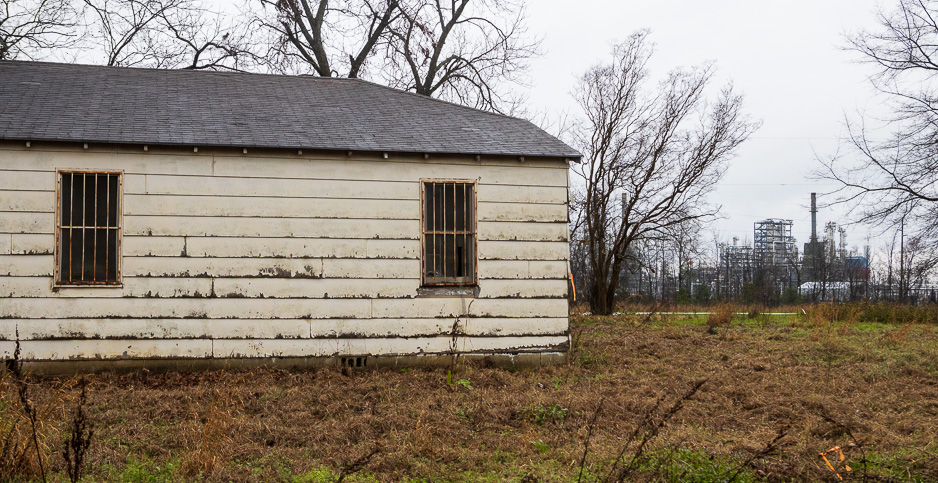
Pollution, poverty and pandemic collide
In a segregated community outside of an Alabama oil refinery, chronic illness tells a story of racial inequality, poverty and disease as U.S. deaths from COVID-19 surpass 300,000.


In a segregated community outside of an Alabama oil refinery, chronic illness tells a story of racial inequality, poverty and disease as U.S. deaths from COVID-19 surpass 300,000.

A FairWarning review of OSHA inspections shows that the regulators are mostly responding to deaths or hospitalizations, rather than flagging unsafe conditions.
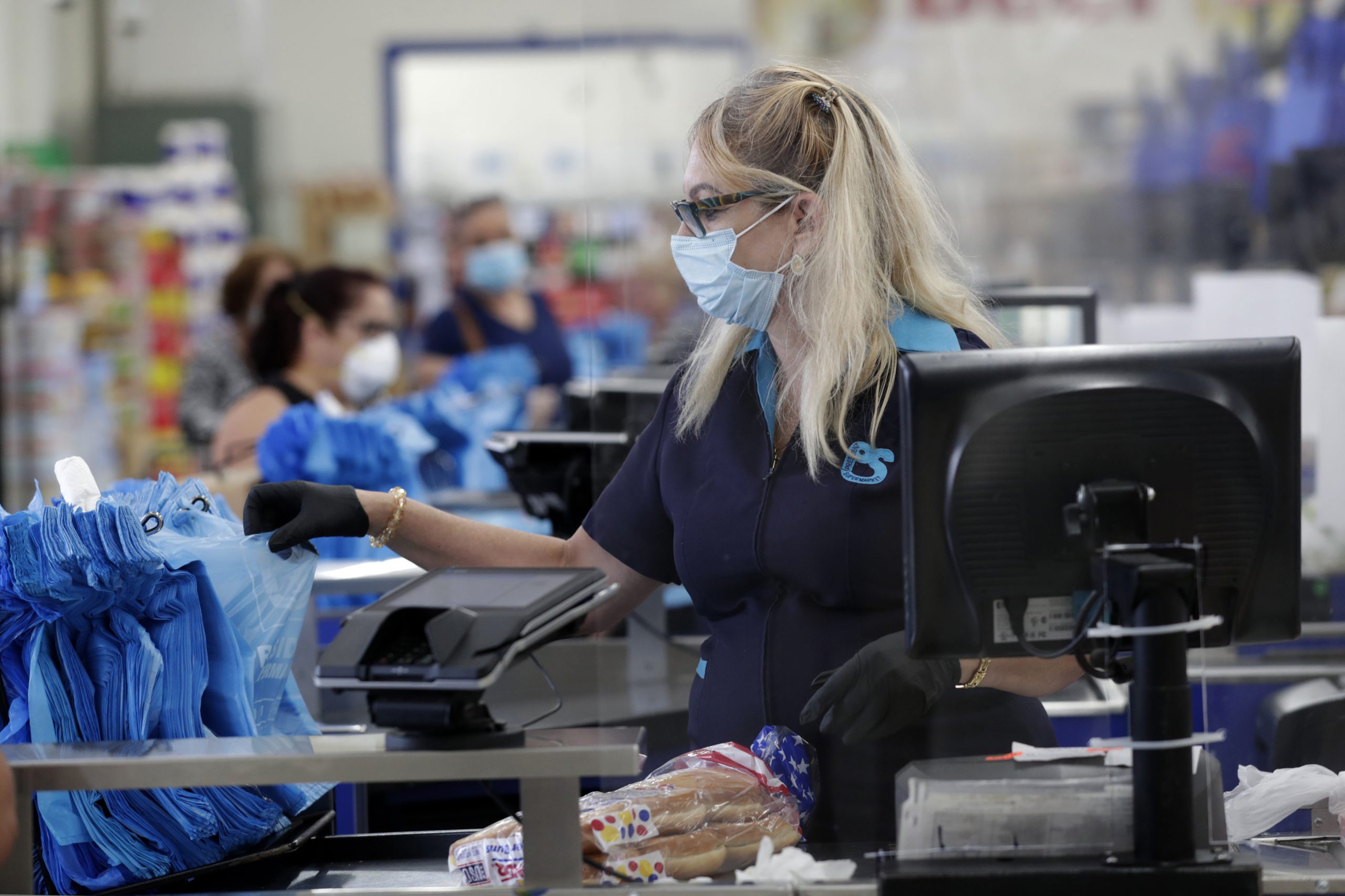
At least 27 million workers under the age of 65 suffer from medical conditions — including heart disease, diabetes and chronic kidney disease — that put them at increased risk of dying from COVID-19, according to a study by the Kaiser Family Foundation. Such conditions tend to be more prevalent among people of color.

At college health centers, students battle misdiagnoses and inaccessible care.
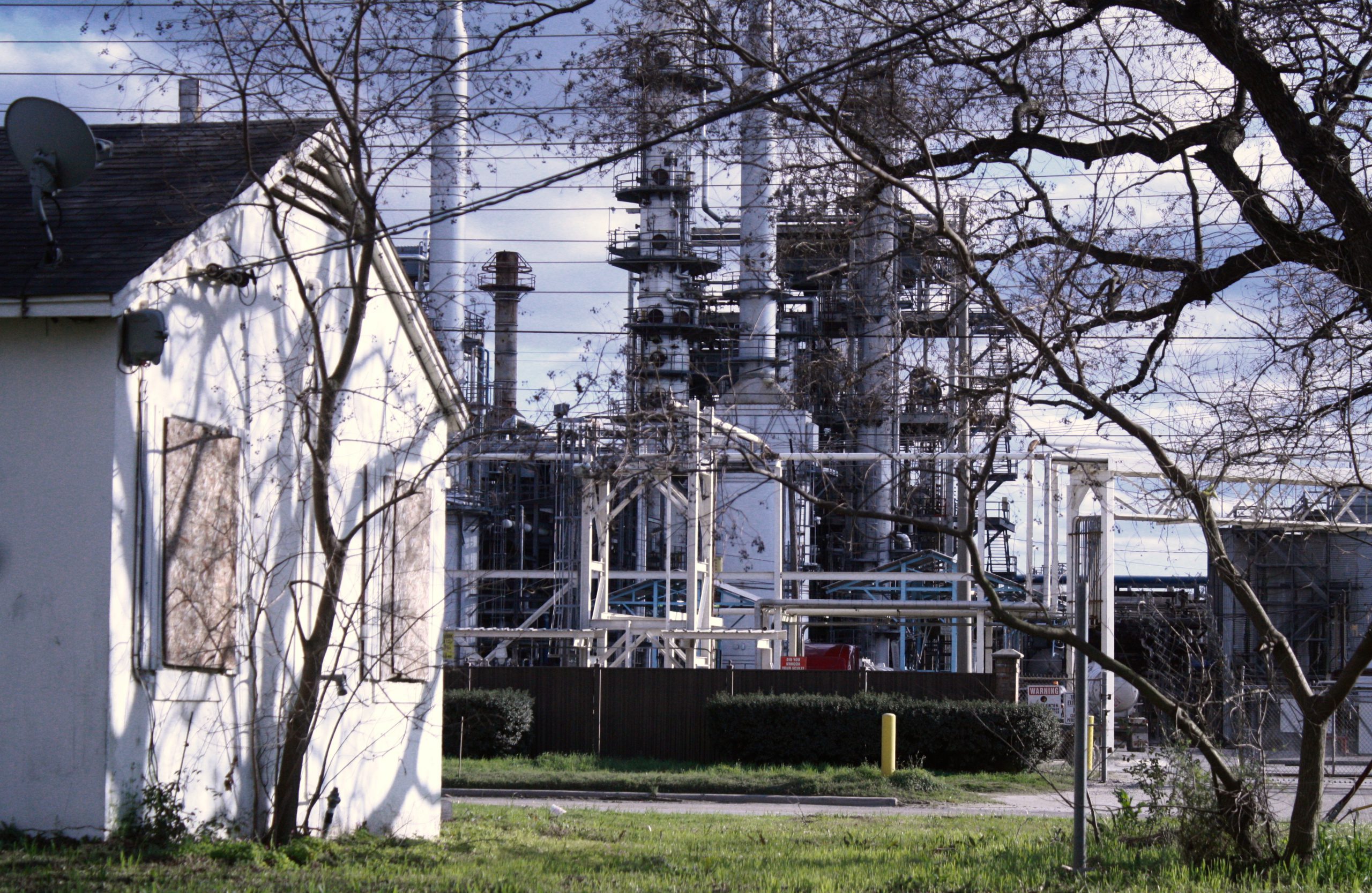
In Shreveport, where some of the ugliest episodes of Jim Crow-era violence and redlining played out, COVID-19 also tells a story of sustained community disinvestment.
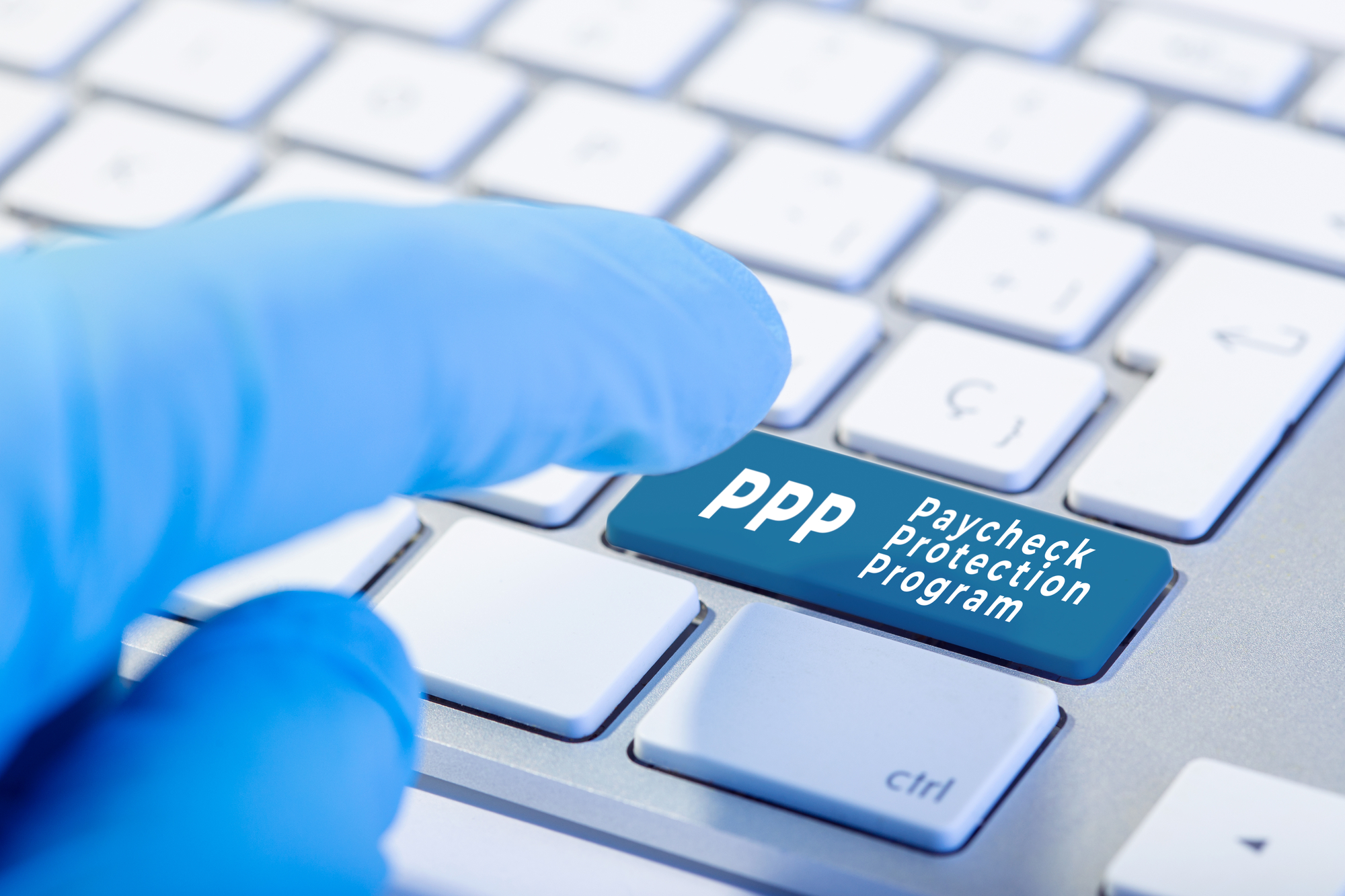
The Small Business Administration has announced the latest in a string of changes regarding the agency’s plans to release detailed data on its Paycheck Protection Program loans.

Nearly two months since Congress passed the Coronavirus Aid, Relief, and Economic Security Act, the Small Business Administration has failed to release a list of recipients of Paycheck Protection Program loans.

This week marked a sobering, significant number: 100,000, the official count of COVID-19 deaths in the U.S. That number is higher than the population of Flint, Michigan; Lawrence, Kansas; or Albany, New York. It is one of many numbers that now define our world: the number of cases, the number of deaths, the number of …
Continue reading “The pluses and minuses of COVID-19 numbers”
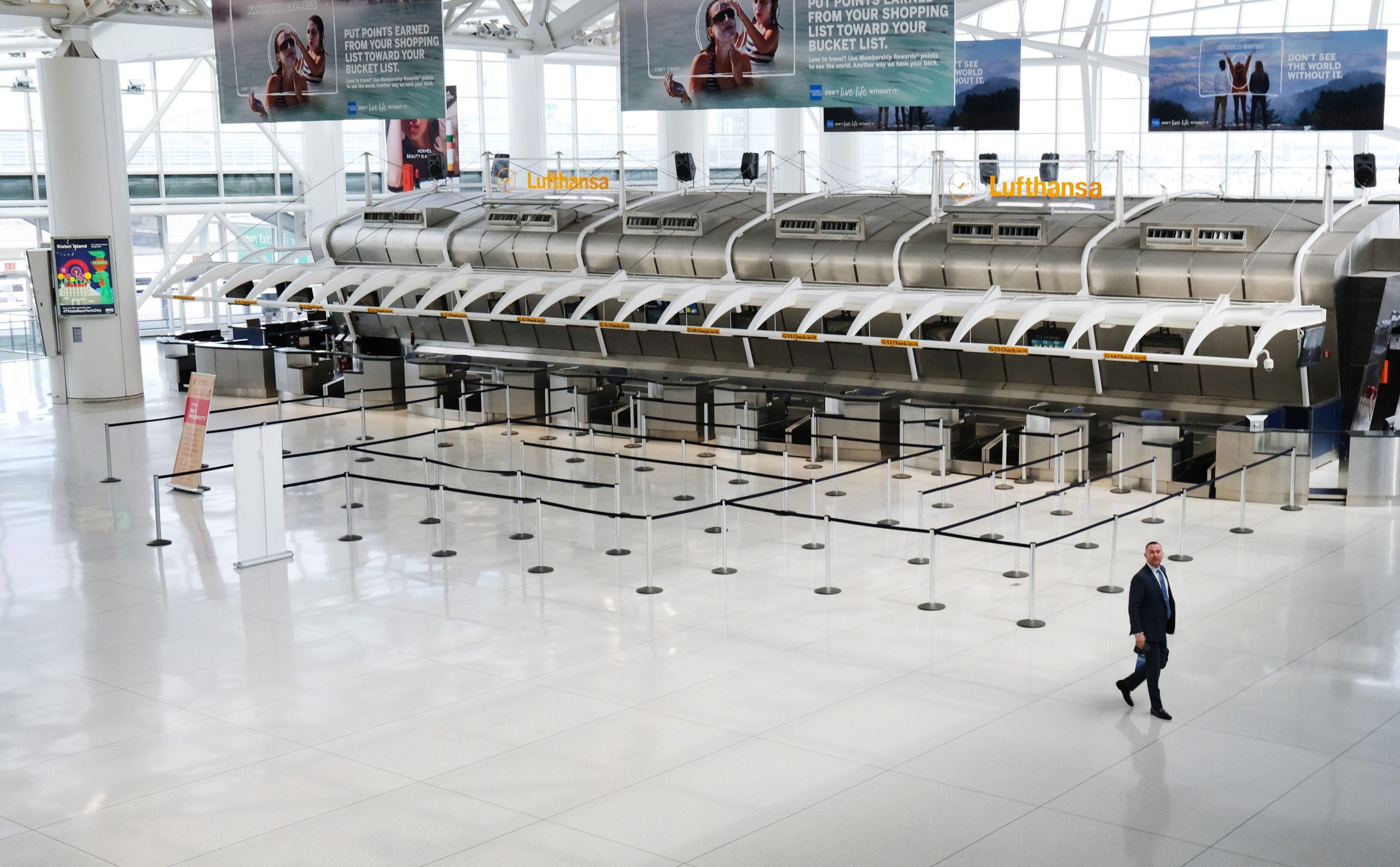
Across the United States, state and local officials, frustrated by a lack of leadership in the White House and federal agencies, took steps on their own to prepare for the pandemic and protect their communities.

Most hospitals — nonprofit, public and for-profit — operate on thin financial margins and have little to no budget for contingency preparations.